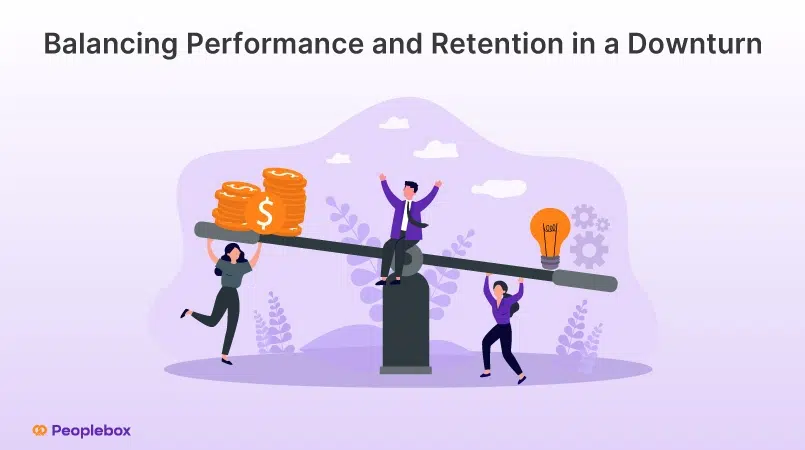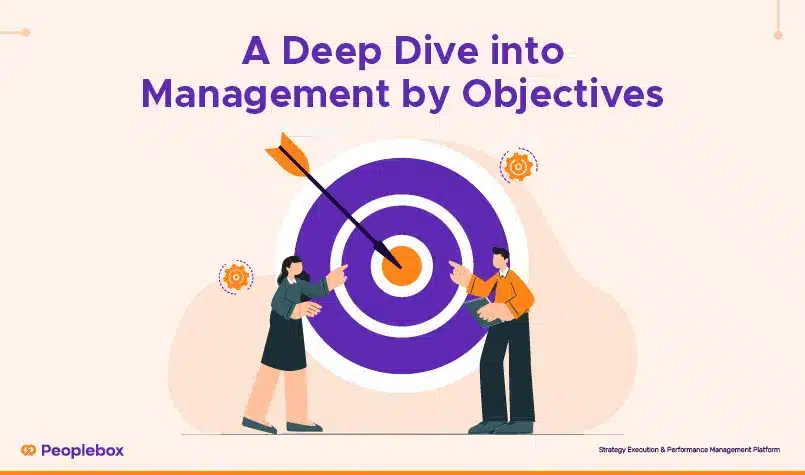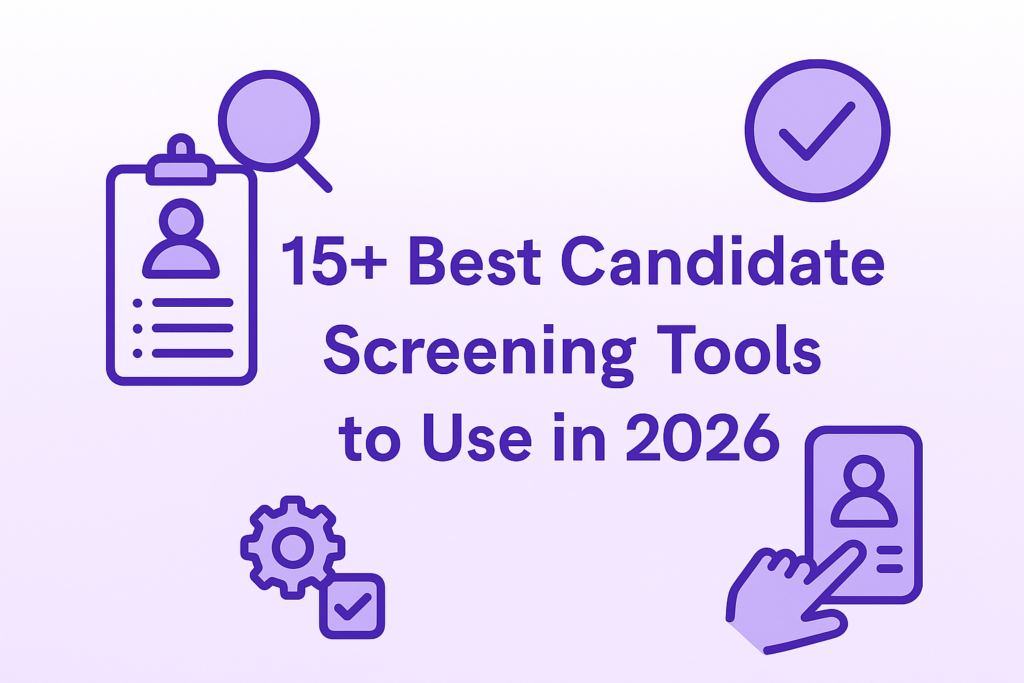
Why does performance management still feel like a broken record? We’re in 2025, yet some teams remain tethered to outdated KPIs, clunky tools, and reviews that resemble rituals rather than meaningful conversations. The challenge isn’t merely the process—it’s the absence of intelligent support when it matters most.
This is where AI transforms the narrative. No longer just industry jargon—it’s now the engine driving modern performance. From real-time goal tracking to sophisticated nudges and predictive insights, AI eliminates the uncertainty from professional development. Managers receive more meaningful signals, employees gain timely feedback, and the entire system functions more efficiently.
The true innovation: while AI powers the system, people continue to shape it. Leading organizations aren’t replacing humans—they’re amplifying them. With AI managing data and routine tasks, leaders finally have bandwidth to prioritize what truly matters—coaching, clarity, and authentic connection.
The Forces Driving Corporate Performance Management in 2025 (with AI quietly in the driver’s seat)
1. The Recession Effect & The Rise of Human Capital Tech

Let’s face it—while layoffs dominate business headlines, you’re still fighting a talent war on the ground. Your teams have shrunk, but the workload hasn’t. Those star performers who remain are juggling responsibilities once shared among several people, making their retention more crucial than ever for business continuity.
Traditional annual reviews simply can’t address this new reality. Forward-thinking HR leaders are implementing regular 1:1s where managers can quickly adjust priorities and provide targeted support. Yet this creates another challenge: how do you maintain these essential check-ins when everyone’s calendar is already overflowing?
Where AI Steps In:
This is where modern AI tools transform from luxury to necessity. These systems continuously monitor your organization’s pulse—analyzing communication patterns and detecting subtle shifts in team sentiment before they become visible problems. When a high performer shows early signs of burnout or disengagement, AI alerts managers with actionable insights rather than just raw data.
For example, when a top engineer’s peer feedback scores unexpectedly drop, AI can immediately flag this change. This early warning gives managers the opportunity to discover underlying issues—like an overly complex project assignment—and make adjustments before losing valuable talent.
By automating the monitoring process, AI enables meaningful human intervention at exactly the right moment, turning performance management from a backward-looking exercise into a proactive retention strategy precisely when you need it most.
Learn how Peoplebox.ai platform enables automated 1:1s.
Request a demo to learn how technology can help HRs facilitate the dream of a seamless performance review.
2. Ineffective Reviews? AI’s Making Them Smarter (and Simpler)
We’ve all been there—sitting through performance reviews that feel disconnected from actual work, delivered too late to be useful, and somehow both exhaustively long yet frustratingly vague. Despite decades of trying to fix them, reviews remain one of HR’s most persistent headaches.
Where AI Steps In:
AI transforms reviews in three key ways:
- Smarter Questions: AI generates role-specific questions based on each employee’s actual work, ensuring reviews address what truly matters for their position and goals.
- Review Drafting Help: AI creates first-draft performance summaries using objective data and achievement metrics. Managers then add human context, saving time while improving feedback quality.
- Data That Matters: Instead of subjective impressions, AI highlights concrete patterns in skills, project contributions, and collaboration. This shifts reviews from opinion-based exercises to impact-focused conversations.
The result? Reviews have become valuable growth discussions that both managers and employees actually look forward to.
Bonus tip: If you want to understand the performance review questions, here’s a good read that will help you.
3. Rethinking Leadership Development with AI as a Coach

When nearly a quarter of HR leaders admit their leadership development programs aren’t preparing leaders for future challenges, we have a problem. In today’s hybrid, increasingly complex work environment, the leadership skills gap has never been more dangerous.
Where AI Steps In:
The most sophisticated organizations are now deploying AI as a continuous leadership coach. These systems track concrete leadership behaviors—consistency of one-on-ones, quality and balance of feedback provided, follow-through on commitments—and offer in-the-moment guidance to help managers develop.
Consider this approach as having an executive coach embedded in your leaders’ workflow. Your sales director might receive a gentle prompt: “You’ve provided critical feedback to three team members this week but no positive reinforcement. Research suggests balancing with recognition might improve receptiveness.” These micro-interventions gradually shape better leadership habits without requiring massive training investments.
Pro Tip: To ace the difficult conversations, here’s an aid for 1:1 meeting questions that help prepare for the meeting and have effective outcomes.
4. Fixing the Employer-Employee Disconnect
Perhaps the most persistent challenge I hear from CHROs is the fundamental misalignment in how employers and employees view the employment relationship. Your executive team might think competitive compensation packages should solve retention, while exit interviews consistently reveal that employees leave because they don’t feel valued, developed, or connected to purpose.
Where AI Steps In:
This is where AI’s pattern recognition abilities truly shine. Today’s systems can analyze the full spectrum of employee data—from formal feedback to communication patterns, development activities to collaboration networks—identifying early indicators of disconnection long before they appear in engagement surveys.
More impressively, these systems can suggest highly personalized development opportunities aligned with both organizational needs and individual aspirations. When a marketing specialist expresses interest in data analytics, the system can automatically recommend relevant internal projects, connect them with mentors, and track progress—creating growth paths that might otherwise remain undiscovered.
The result? Managers equipped with insights that help them provide the meaningful support, recognition, and growth opportunities that actually drive engagement—not just the perks we often default to.
Key Takeaways (AI Edition)
- AI isn’t replacing your managers—it’s elevating them, allowing them to focus their limited time on human connections and complex judgments where they add unique value.
- The transformation is happening through everyday workflow enhancements—real-time guidance, smarter review processes, and continuous insights that make performance management an ongoing conversation rather than a calendar event.
- The organizations thriving in 2025 aren’t necessarily those investing in flashy benefits or the most expensive AI systems. They’re the ones thoughtfully integrating intelligent tools that strengthen the fundamental building blocks of performance: trust, continuous feedback, recognition, and personalized development.
Learn more about how you can raise the bar with our performance management platform.
If you want to understand how you can unlock an employee’s true potential, book a free demo with our experts.






